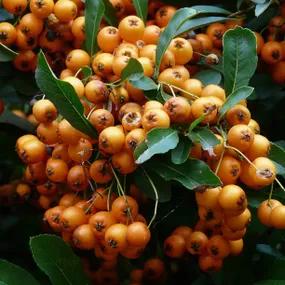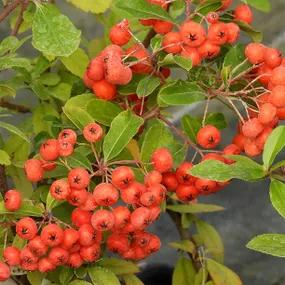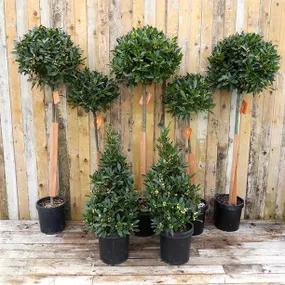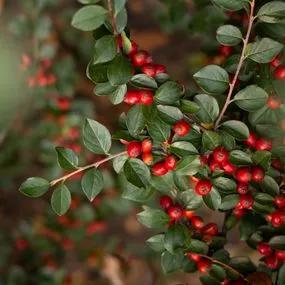What is Evergreen Hedging & Screening?
This wide category contains all the plants that hold their living leaves right through winter.
Most are suitable for hedges, including some of the best formal hedge plants, although some conifers don't respond well to clipping and so are only suitable for tall screening.
The fastest growing and biggest hedging / screening in the world is Leylandii, and some of the smallest and slowest growing ornamental edging is Box.
How many Evergreen hedge / screening plants do I need?
The planting density for your evergreen hedge depends on the purpose and the specific plant you are using, so please take these general spacings as a guideline only - it's really up to you:
- For a normal garden boundary hedge, plant at 3 plants per metre (every 33cm) in a single row.
- Very slow growing plants, like Box, can go closer together to achieve a tightly-knit row quickly.
- An interior hedge for purely decorative purposes can be planted at 2 plants per metre (every 50cm) in a single row, and up to 1 per metre (every 100cm) for bushier varieties.
- For tall evergreen screening, a useful rule of thumb is to divide the desired height of the screening by 4, and use that as your spacing. So, if you want your screening to reach 4 metres, dividing by 4 equals 1 metre spacing.
View our full range of hedging plants.
Your mail order evergreen hedge plants are delivered by next working day courier.
If there is anything wrong with your plants when they arrive, Contact Us within 5 working days, and our friendly support team will sort it out.
All bareroot plants are covered by our Refund Guarantee, so you can give them a whirl with complete confidence.




 1.webp)
 1.webp)
 1.webp)
 1.webp)
 1.webp)
 1.webp)




 Img 2.webp)
 hedge 3.webp)
 3.webp)
 1.webp)

 1.webp)